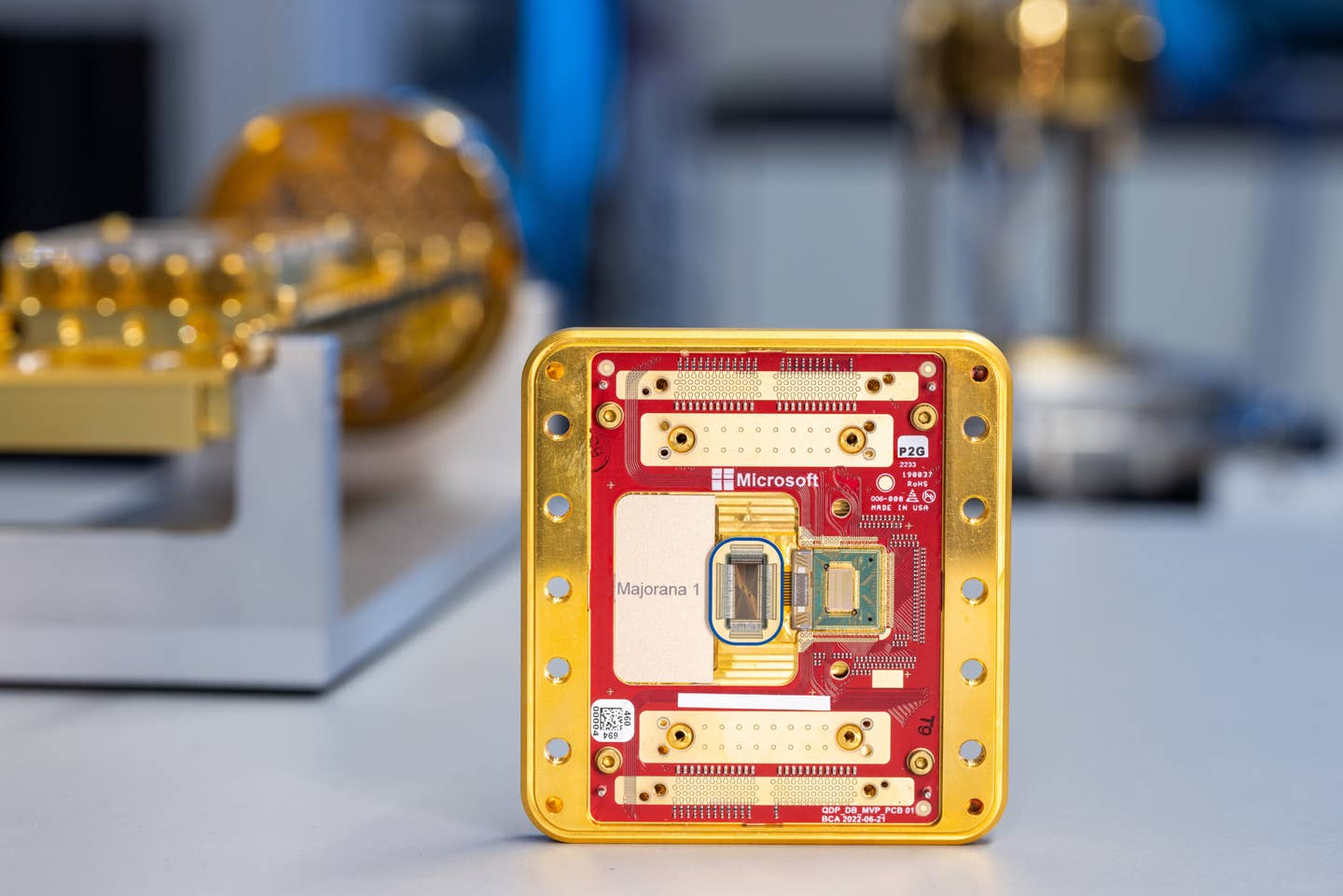What is quantum entanglement and why do physicists want to harness it
“Quantum entanglement” is one of several plot devices that appear in modern science fiction movies. But the term isn’t just a buzzword.

[Dec 14, 2021: Nicholas Bornman, University of the Witwatersrand]
The “entanglement” is one aspect of the larger collection of ideas in physics known asquantum mechanics. (CREDIT: MARK GARLICK / SCIENCE PHOTO LIBRARY via Getty Images)
“Quantum entanglement” is one of several plot devices that appear in modern science fiction movies.
Fans of Marvel superhero movies, for example, will be familiar with the idea that different timelines merge and intersect, or that the fates of characters intertwine through seemingly magical means.
But “quantum entanglement” isn’t just a science fiction buzzword. It is a very real, puzzling, and useful phenomenon. The “entanglement” is one aspect of the larger collection of ideas in physics known asquantum mechanics, which is a theory that describes the behavior of nature at the atomic, and even subatomic level.
Understanding and leveraging intertwining is key to creating many cutting-edge technologies. These include quantum computers, which can solve certain problems much faster than ordinary computers, and quantum communication devices, which would allow us to communicate with each other without the slightest chance of being overheard by a snooper.
But what exactly is quantum entanglement?
In quantum mechanics, two particles are said to be entangled when one of the particles cannot be described perfectly without including all the information about the other: the particles are “connected” in such a way that they are not independent of each other.
While this kind of idea may seem to make sense at first glance, it is a difficult concept to grasp, and physicists are still learning more about it.
Playing Dice
Suppose I give you and your friend Thandi each a small black opaque box. Each box contains one ordinary six-sided die. They are both told to lightly shake their boxes to move the dice.
So they both separate. Thandi returns home to a South African city, Cape Town; and you go back to another city, Durban. They do not communicate with each other during the journey. When you get home, each of you opens your box and looks at the number on the top of your die.
Related Stories
Usually there would be no correlation between the numbers you and Thandi see. She is just as likely to observe any number between 1 and 6, just like you.
Most importantly, the number you see on his die would have nothing to do with the number Thandi sees on his. This is not surprising; in fact, this is how the world normally works.
However, if we could do this “quantum” example, the dice could behave very differently. Suppose I now tell Thandi and you to bump their boxes into each other, before shaking them separately and taking different paths.
In an analogy of quantum mechanics, this action of bumping the two boxes together would enchant the dice and link them, or entangle them, in a mysterious way: once each one gets home, open his box and see how it has turned out. The dice: your number and Thandi’s will be perfectly correlated. If you see a ‘4’ in Durban, you know that Thandi in Cape Town is also guaranteed to show a ‘4’ on his die; if she sees a ‘6’, she will see it too.
Making a better mess
As far as we know, there is no magic box-bumping action to enchant a pair of dice or other objects on our human macroscopic scale (if there were, we could experience quantum mechanics in our everyday lives and it probably wouldn’t be such a strange and puzzling concept).
For now, however, scientists must be content with using things at the microscopic level, where it is much easier to observe quantum effects, such as charged atoms called ions or special superconducting devices called transmons.
This is the kind of work that takes place in the Structured Light Laboratory at the University of the Witwatersrand in South Africa.
However, instead of ions or transmons, researchers in the lab used particles of light, called photons, to better understand quantum mechanics and its implications.
We are interested in using the quantum nature of light for a variety of purposes: from designing efficient communication systems that are completely impossible to hack by a malicious third party, to creating methods for imaging sensitive biological samples without damaging them.
Studies like this often require that we start with specially created states of entangled photons. But it is not as simple as putting two dice in separate boxes and bumping them into each other.
Managing the entanglement
These works can give unsatisfactory results, or non-ideal states, that require researchers to selectively discard some measurements once an experiment is performed. This is not an optimal situation: photons are discarded and therefore energy is wasted.
A group of laboratory researchers, including myself, recently took a step toward solving this problem.
In a magazine article, we mathematically calculated what the optimal laser shape should be in order to best create the entangled state an experimenter would like to start their experiment with.
The method proposes changing the shape of the input laser beam at the beginning of an experiment, to maximize the process of creating entangled photons in a second phase of the experiment.
This will mean that there will be more photons available to run an experiment the way you want and fewer photons stray.
Improving the efficiency of the entanglement creation and manipulation process, using techniques such as the one proposed, will be important to optimize the efficiency of a number of other quantum technologies, such as quantum cryptography systems and the other technologies already mentioned.
This is especially important as the fourth global industrial revolution progresses and as technologies with quantum mechanics at their cores undoubtedly become more common.
Note: Materials provided above by the University of the Witwatersrand. Content may be edited for style and length.
Like these kind of feel good stories? Get the Brighter Side of News' newsletter.
Tags: #New_Discovery, #Particles, #Physics, #Atoms, #Research, #Science, #Quantum_Entanglement, #Electrons, #The_Brighter_Side_of_News



